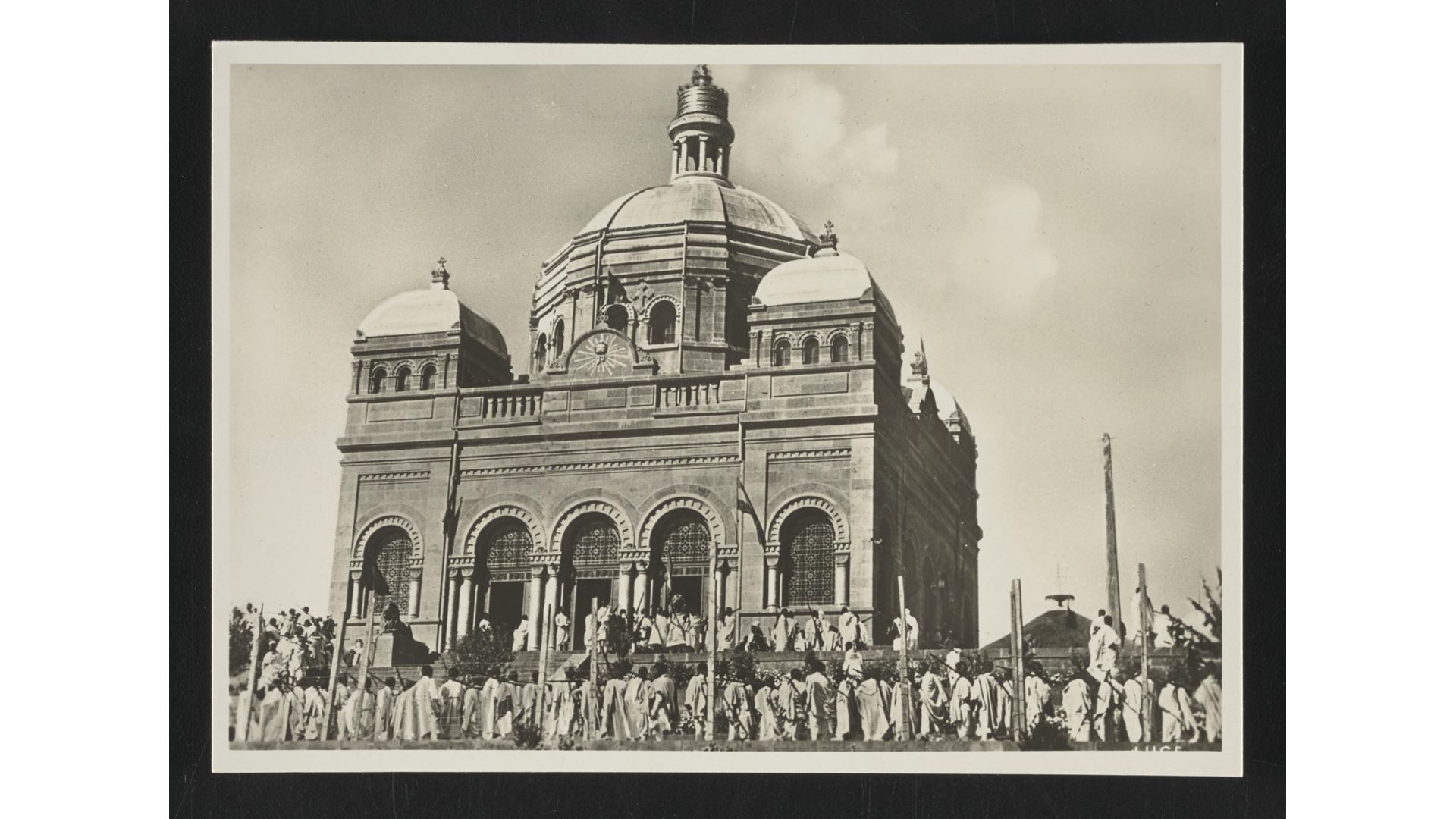Library of Congress Releases Newly Digitized Colonial-era African Postcards
Historic Postcard Collection Depicts Life in European Colonial Establishments in Africa from the 1890s Through the 1930s
The Library of Congress has announced the initial release of over 1,300 newly digitized postcards from the Africana Historic Postcard Collection, which depicts life under French, Italian, German, Belgian and British colonial rule in sub-Saharan Africa from the 1890s until the end of the 1930s.
More than 5,000 colonial-era postcards will comprise the online collection in the future to help researchers, teachers and students, and the public, understand that, beyond their use as souvenirs, these postcards were mainly used as propaganda tools in favor of colonial powers and missionary activities during that period.
Available online only in PDF from 2017, the rerelease of these digitized postcards will facilitate access to images and little known facts about the European colonial establishments relating to Ethiopia/Eritrea, Somalia, Sierra Leone, Nigeria, Ghana, Senegal, Madagascar, German East Africa, Bristish East Africa, and the Belgian Congo. Nearly half of the online collection covers the Italian colonial period in Ethiopia, particularly the 1935-41 Italo-Ethiopian War, and present-day Eritrea.
“Postcards from this period are entry points into several layers of history. A patron may have personally commissioned an image for a specific private or business purpose, which might not have been the production of a postcard. To meet European market demands for colonial imagery, images might have been appropriated and reproduced as postcards in entirely arbitrary and opportunistic ways,” says Edward Miner, head of the African Section of the African and Middle Eastern Division of the Library of Congress. “Researchers thus find a rich source of data in uncovering the history in how images have been repurposed for political and ideological ends.”
Housed in the African and Middle Eastern Division, the collection was acquired by the Library from 2010 to the present. Images unique to the collection include the works of Ukrainian-born postcard photographer and producer Casimir Zagourski (1883-1944) and prolific French photographer and ethnographer Francois Edmond Fortier (1862-1928).
In European cities, governments used these postcards as propaganda to rationalize their presence in Africa as an extension of Western power, values, and economic prosperity, appealing to biased populist notions of African people and societies as devoid of history and culture. These postcards often revealed European fantasies about Africa as a monolithic continent and they helped spread offensive and negative stereotypes about African peoples, histories and cultures, some of which continue to influence views of the continent.
Written in English, French, German or Italian, depending on who ruled which country at the time, these postcards were published by colonial administrations, missionary societies and military entities to justify their activities on the continent, as was the case during World War I. They serve as a visual record of early colonial urbanization, the culture of the emerging local elites, snapshots of artisans and merchants, the work of indigenous Christian catechists and African clergy, and African recruits in colonial militaries.
Many of these postcards also offer a window into the rich architecture and the artistic, intellectual, cultural and religious traditions in African societies even as colonial rulers tried to erase them. One image shows a traditional Hausa doctor treating an ailing child in northern Nigeria, while another one depicts sultan Ibrahim Njoya, ruler of the Bamum Kingdom in Cameroon standing beside his traditional throne. Another postcard shows the Grand Mosque of Kong in northern Côte d'Ivoire, dating from the 12th century and declared a UNESCO World Heritage Site in 2021.
The collection documents how photography became a popular activity among both European and indigenous urban elites along the East and West coasts of Africa from the mid-19th to early 20th centuries. In the case of indigenous African communities, photographic products helped shape how they presented themselves and also provided social status.
The Library of Congress is the world’s largest library, offering access to the creative record of the United States — and extensive materials from around the world — both on-site and online. It is the main research arm of the U.S. Congress and the home of the U.S. Copyright Office. Explore collections, reference services and other programs and plan a visit at loc.gov; access the official site for U.S. federal legislative information at congress.gov; and register creative works of authorship at copyright.gov.
###
Media Contacts: María Peña, mpena@loc.gov
Public Contact: Anchi Hoh, adia@loc.gov
PR 23-007
02-07-2023
ISSN 0731-3527

